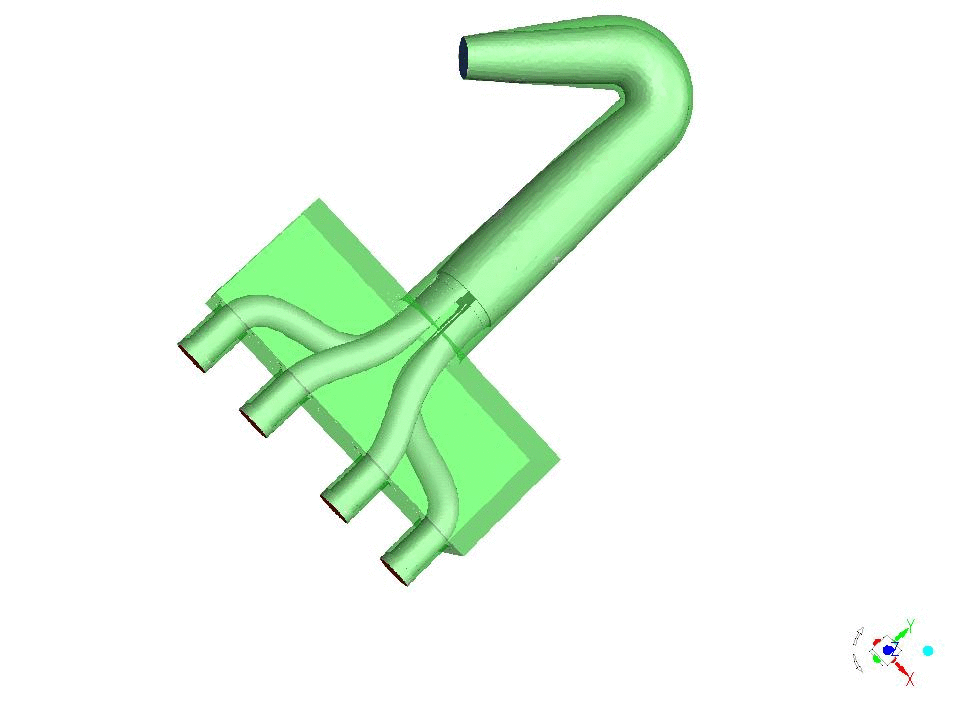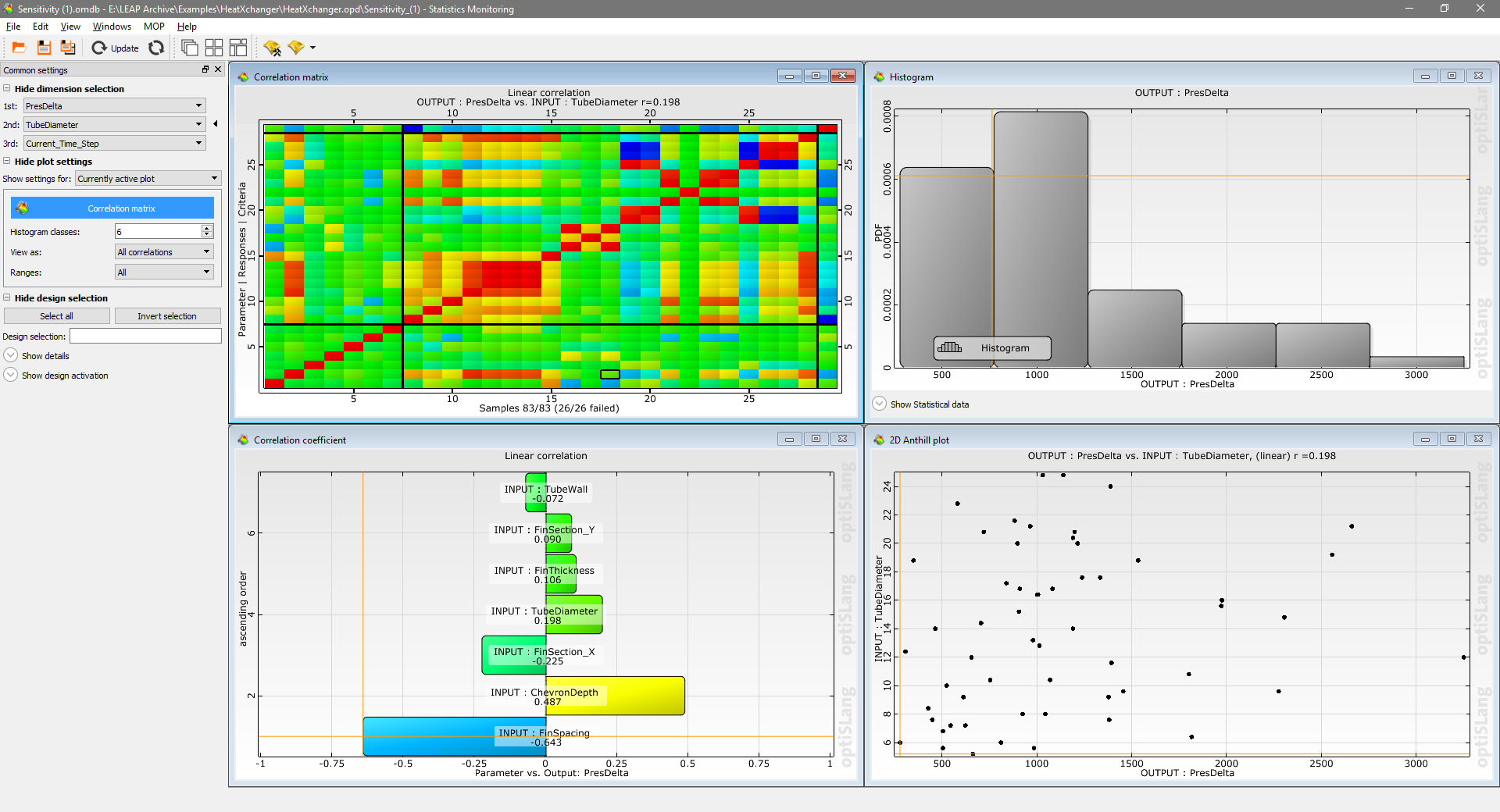The world’s best solar car teams are driving into Adelaide today, 4-5 days after they started their journey in Darwin, and 2+ years after commencing their initial planning and engineering design following the 2015 competition. Congratulations to all the teams - read more about the simulation work done by committed student teams in the lead-up to this pioneering race.
In our 2nd part of a series on the Adjoint solver, learn how recent developments have focused solely on improving the usefulness of the Adjoint solver for real-world customer problems - allowing for definition of multiple objectives; expanding to include more physics; and allowing more user control over geometry modifications and constraints.
When dealing with a significant number of variables in our simulations, design engineers often find it challenging to work out which variables are the most important, and how to best tune these variables to improve performance. Learn how ANSYS optiSLang now offers a compelling proposition for answering these questions while giving engineers even more tools for exploring the possible performance envelope within key design parameters.
Engineers are continually under pressure to improve the performance of their products and often look to gain an edge using optimisation techniques - trying to reduce drag, increase lift (or downforce), or reduce pressure drop. Rather than relying on intuition to make geometry changes that are often constrained (using a parametric CAD approach), you can now use the new Adjoint solver to compute localised sensitivity data (related to your objectives) and optimize your design semi-automatically.
LEAP and ANSYS congratulates Emirates Team New Zealand for their remarkable victory in the 2017 America’s Cup. More info on some of the unheralded innovations and ingenuity behind this engineering and sporting triumph.
Caravan owners are well aware that the speed they drive at and the shape of their caravan can greatly affect fuel consumption.
In partnership with Caravan World magazine, we've taken a closer look into the performance of caravans with the aid of CFD, including some less obvious factors that can help shave off the drag on your caravan and improve fuel consumption.
A discussion around the business benefits of a separate “PrepPost” & “Solver” licence configuration which provides greater flexibility and allows each organisation to tailor the number of licences to their team’s needs: providing the optimal blend of user productivity and solver throughput.
Learn about Augmented Reality (AR) technology that was showcased at 2017 National Manufacturing Week / Austech: including the ability to augment pressure contours on the front and rear wings of the MMS racecar, as well as visualise the animated flow streamlines being released forward of the front wing. Students from MMS are using these AR CFD results to collaborate more effectively in a multi-disciplinary team environment where not everyone is a CFD expert and hopefully achieve their ultimate goals of maximising downforce on the front/rear wings and optimising the aerodynamic performance of their racecar.
Companies in the food & beverage industries looking to grow their business are implementing new technologies, such as simulation, to enable their engineers to develop new products and implement process innovations necessary to provide efficiencies of scale. Here are 7 ways that food & beverage manufacturers can harness cutting-edge simulation technology.
LEAP are pleased to announce the launch of the new LEAP Academic Portal, which provides self-guided tutorials and other learning resources across multiple physics. The portal is intended to arm all engineering students with a comprehensive understanding of the capabilities of CAE simulation, and prepare them for the new job market where companies expect graduates to conduct realistic, multi-disciplinary simulations of their products.










